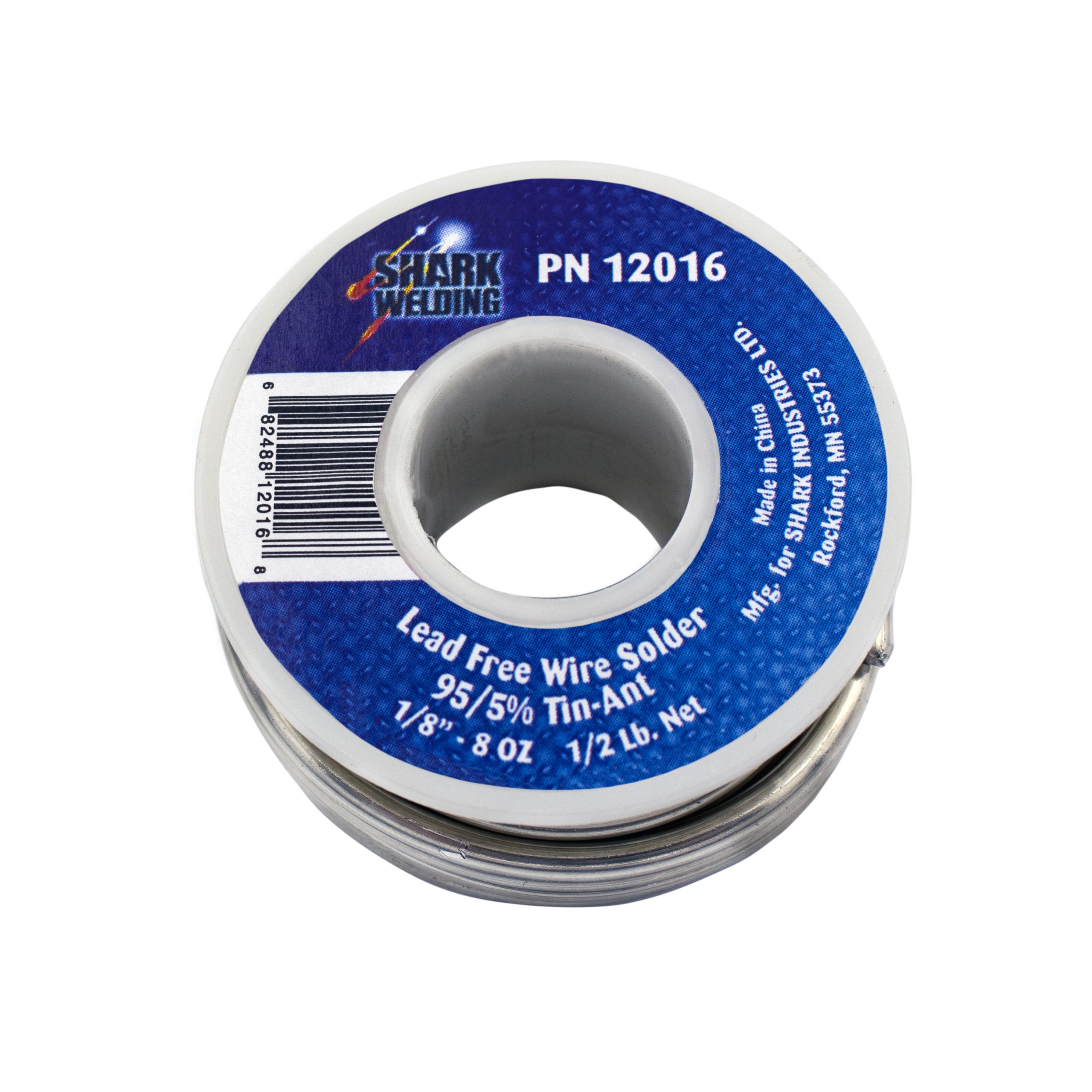

Substitute solders, including tin-antimony ( 95% Sn, 5% Sb) are now being used in plumbing. For this reason, the Safe Drinking Water Act Amendments of 1986 specify that solders and fluxes used on copper pipe contain no morethan 0.2% Pb. The Sb concentrations after 24-hour exposure in the first experiment were as high as 643,0 µg/L, and reached a maximum of 122.2 µg/L in the second.Ĭorrosion of tin-lead solder is one of the main sources of lead (Pb) in drinking water 1. We performed two preliminary experiments in which Sn-Sb soldered Cu coupons were exposed to tap water (pH 8.7 and 9.6) and bicarbonate/carbonate buffers (pH 8.3 to 10.4) to test this hypothesis.


Because the solubility of tin oxide increases with pH, we hypothesized that Sb release horn Sn-Sb solder may also increase with pH because of the decreasing degree of protection born tin oxide. However, higher pH value are common in potable water distribution systems, particularly those that use lime softening. The published studies all used pH values of 8.4 or less. For exposures of 24 hours or less, the maximum Sb concentration was 3.7µg /L, which is less than the USEPA maximum contaminant level (MCL) of 6 µg/L A passivating layer of tin oxide was hypothesized to explain the low Sb concentrations. The highest measured Sb concentration 7.3 µg/L, was for an exposure period of 90 days. In the few published studies of Sn-Sb solder corrosion very little Sb release was found. Tin-antimony (Sn-Sb) solder is used as a substitute for tin-lead solder, which has been banned from plumbing applications.


 0 kommentar(er)
0 kommentar(er)
